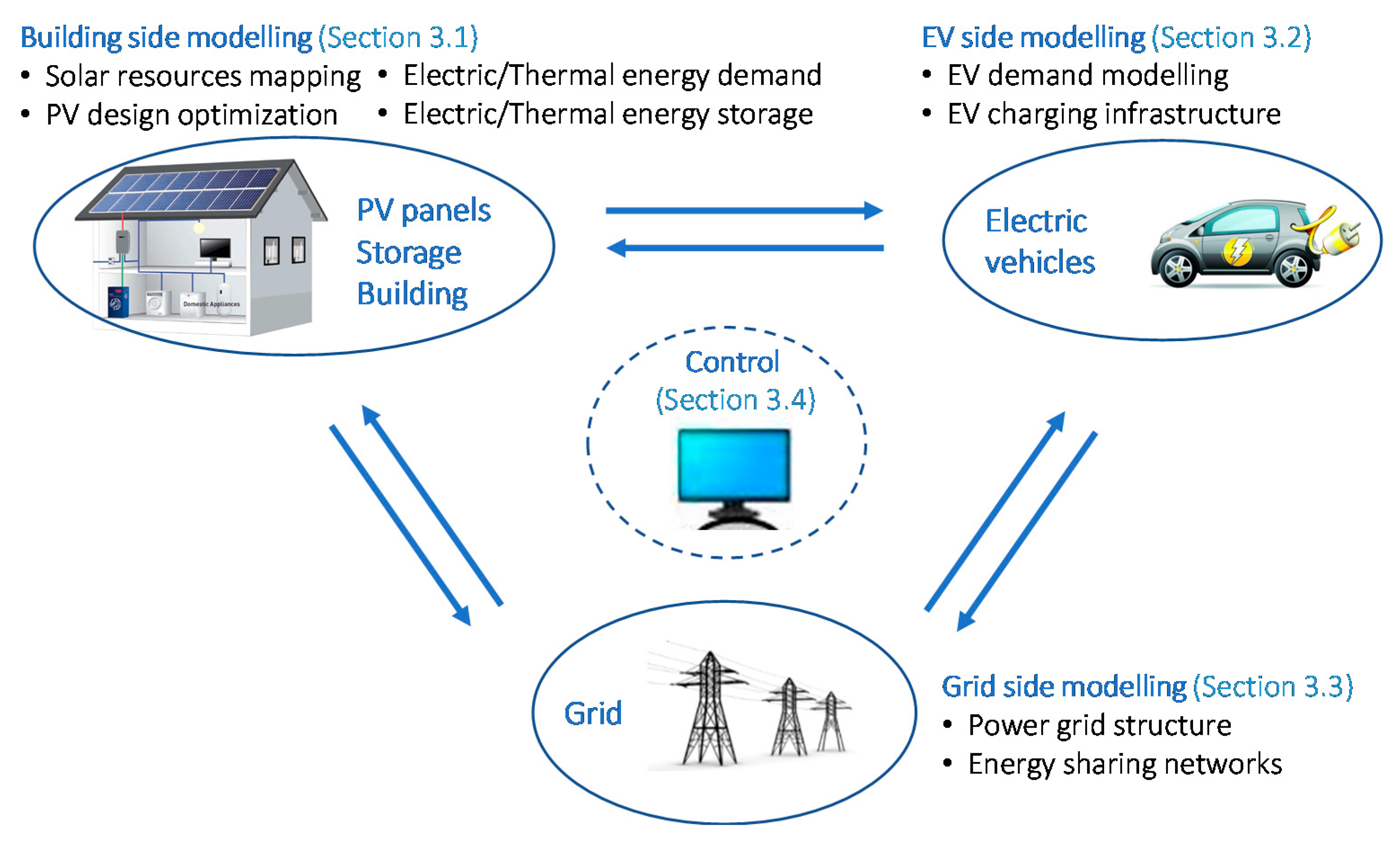

Determination of the best configuration identifies the operative parameters that maximize the Solar Fraction of the plant and minimize the auxiliary energy. In detail, the data output was extracted and processed to evaluate the best design configurations under any operative conditions. To this end, the authors investigated a methodology for the identification of some empirical correlations based on the analysis of data coming from a parametric simulation in this way the identified correlations can indicate, with high reliability, the optimal design knowing only well-known parameters.

To speed up the design phase and to help the planner in the identification of the best solution without any complex evaluation or long computational time, it would be interesting to have available a simpler method than the standard procedures, but one that is reliable and accurate for the evaluation of the best configuration, taking into account occasional use, seasonal and monthly domestic hot water demand, orientation and primary flow rate.

More accurate design is crucial in the case of seasonal or occasional use of the system indeed, the standard criteria generally applied to a design system for continuous use, can lead to considerable over-sizing. Optimal design of a solar thermal system is necessary to minimize payback time and to diffuse renewable energy use for Domestic Hot Water production in residential areas.


 0 kommentar(er)
0 kommentar(er)
